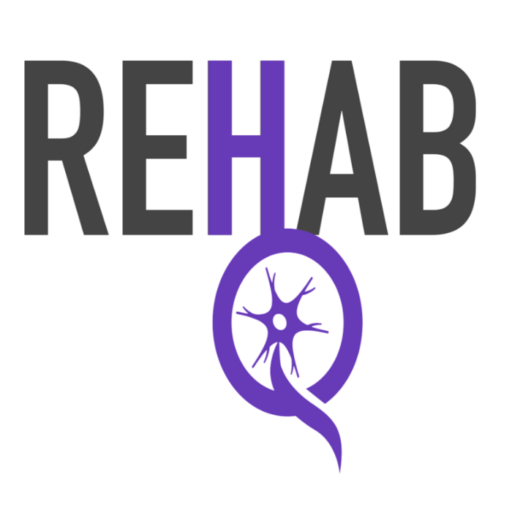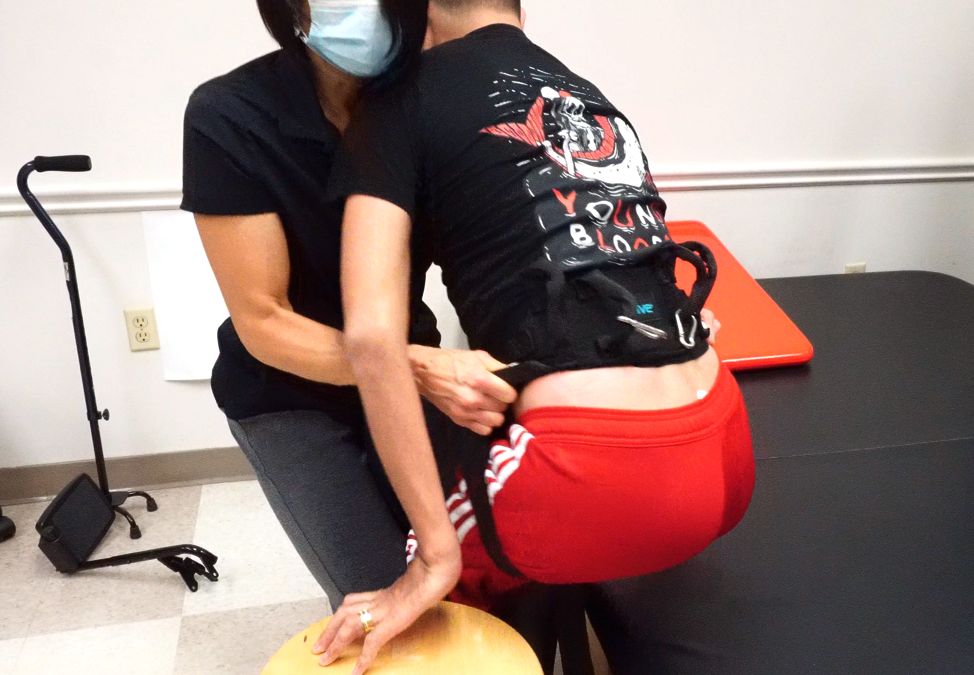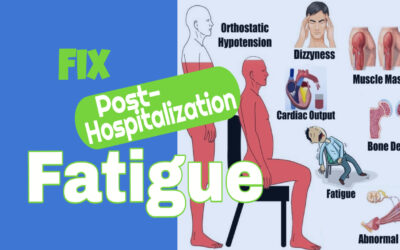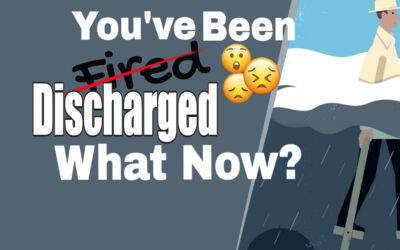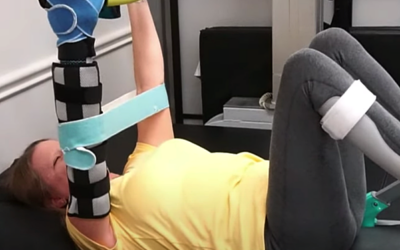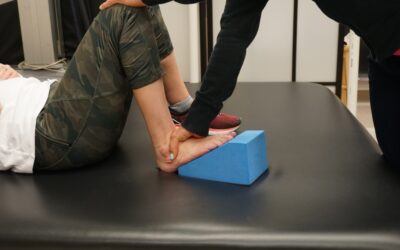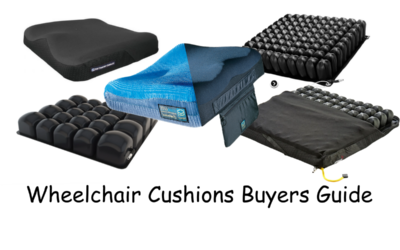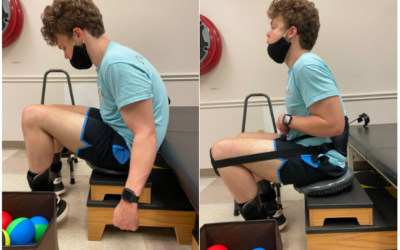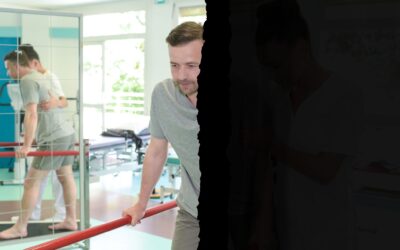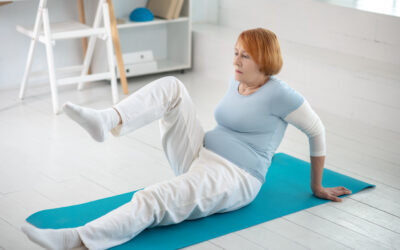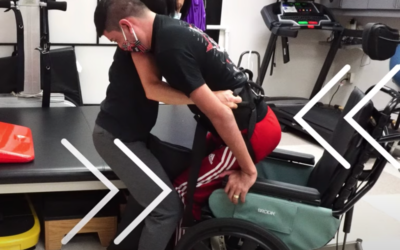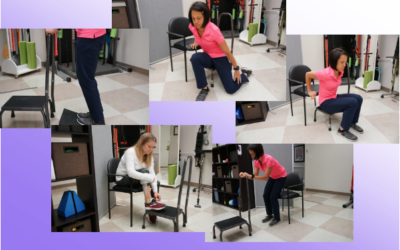A gait belt can be a critical tool to help a loved one relearn the correct way to stand. With the right gait belt, you can also help someone walk in the early stages of neurologic rehab. And that is why gait belts made its way to our latest “product spotlight”.
Benefits of using a gait belt
- reduce risk of falls for the person being helped
- decrease risk of injury for the person helping
- offer support to someone who has difficulty standing
- help to keep the body upright in standing (not flexed forward)
- start walking and standing earlier (when compared to not using a gait belt)
Traditional Gait Belt
A traditional gait belt is a single strap that goes around the waist. This type of gait belt is not designed to assist someone with proper sit to stand. Nor is it designed to assist someone with walking. In most cases, this type of gait belt is designed to help lower someone to the ground (should they lose their balance while they are standing). And in fact, this is exactly what we teach family members in the hospital. In other words, a traditional gait belt is a “defense tool”. It was never designed to be an “offense tool” (ie: actually help facilitate normal movement patterns).
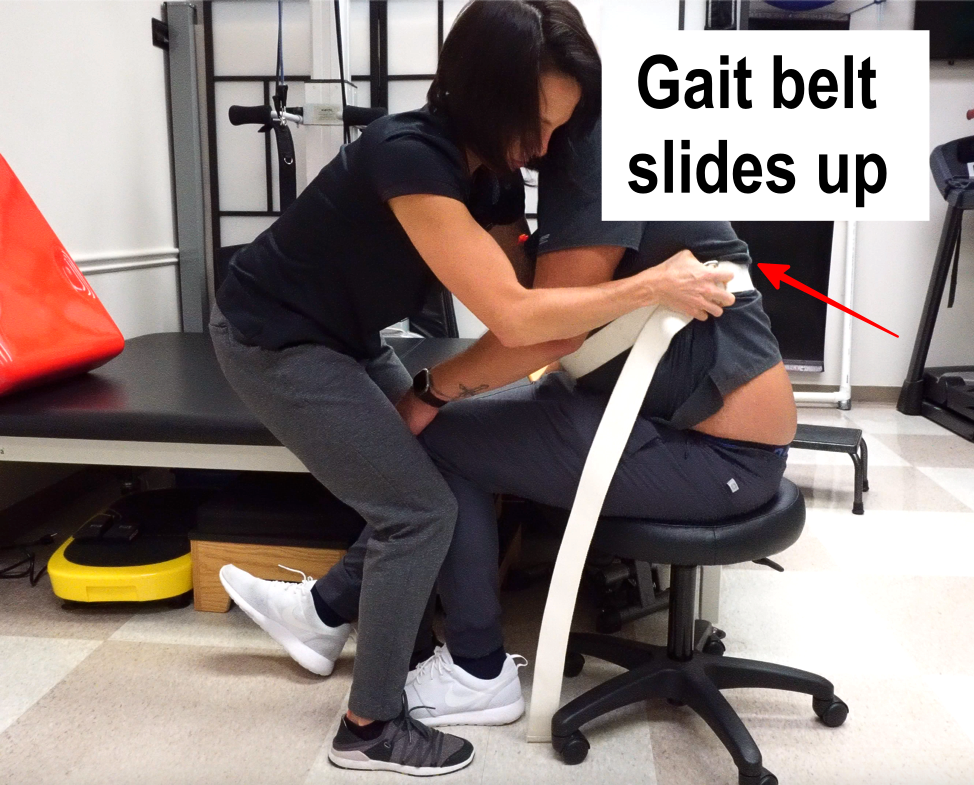
The best gait belt to help with stroke recovery
Enter gait belts with leg straps. Short of going to a full on harness, a gait belt with leg straps is the best way to help someone learn the proper way to perform sit to stand. Beyond that, it can help someone to stand and prepare the body for walking. So now, what started out as a “defense tool” turns into a rehab tool. The leg straps help the gait belt stay low on the hips which is the correct position to assist someone with the critical components for early standing
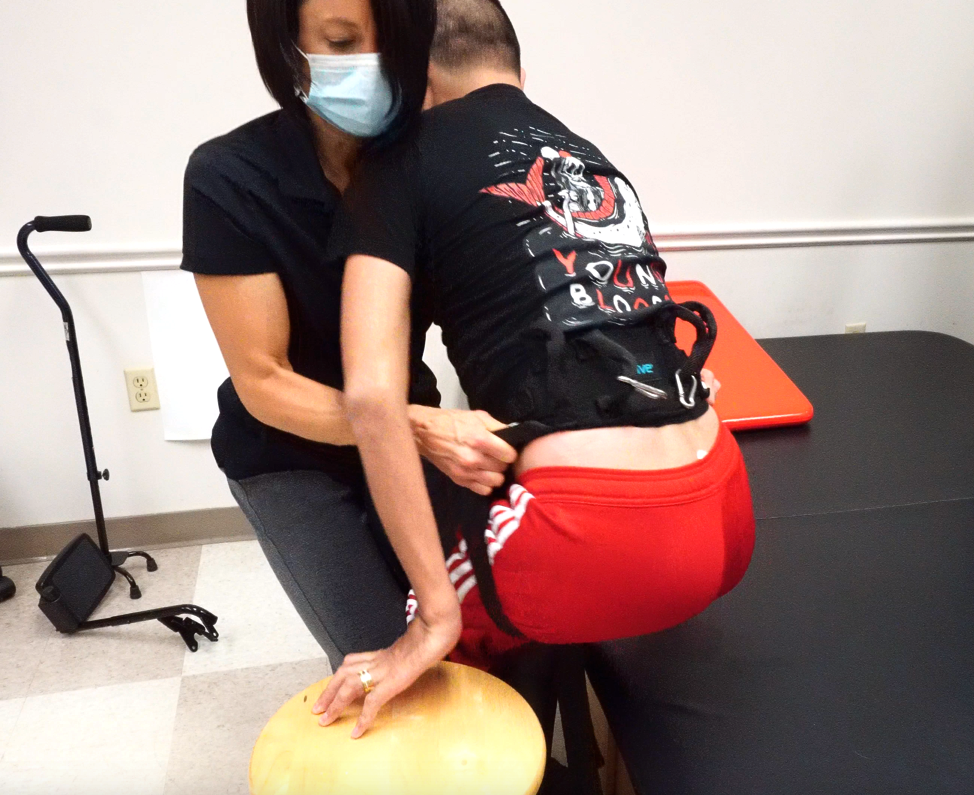
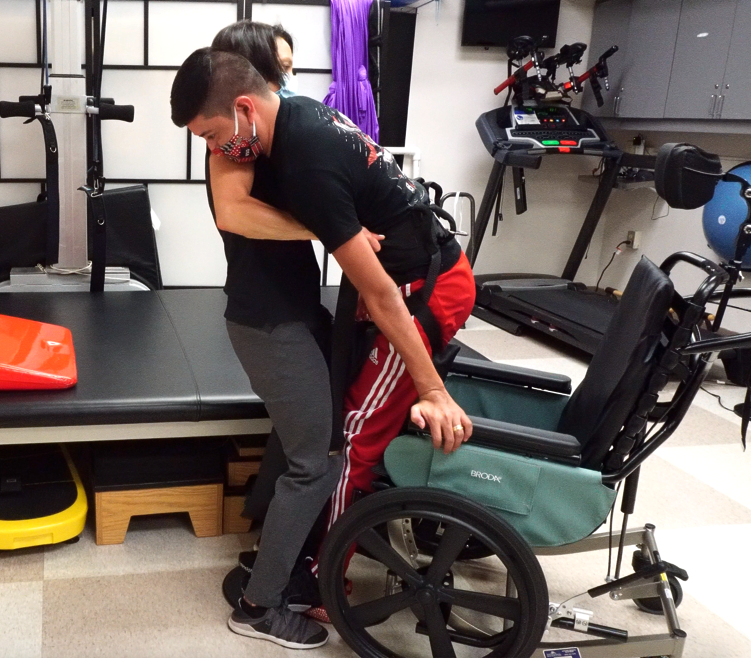
Check price on Amazon
Post Hospitalization Fatigue: What causes it and how to do fix it?
Do you ever feel so tired, you don't even want to get out of bed? If so, you wouldn't be alone. There is a really good reason for this. Fatigue is an extremely common problem after a hospitalization. And sometimes, it has nothing to do with the reason you were...
Discharged from therapy. What now?
So, you have been discharged from therapy. So, what now? For some, this is a positive step in the rehab process. Some will understand right away that this is progress. On the other hand, for others it can bring up all kinds of negative emotions. "Is my therapist mad...
Equipment for Stroke Arm Exercises
Products For a Spastic Arm Having the right tools for stroke arm rehabilitation is critical. Especially for those who have spasticity. Spasticity is an involuntary muscle contraction caused by damage to the brain and/or spinal cord. In the arm it can cause...
Foam Wedges: For positioning and more
Positioning/Stretching Foam Wedge This wedge is made of dense foam with a rubber base to keep it from sliding. Uses: It can be used to position the pelvis. It can be placed under the thigh in sitting to stop the leg from rotating outward. It can be used for bridging...
Complete Guide to Buying a Wheelchair Cushion
Wheelchairs are an extremely valuable piece of equipment during the neurologic recovery process. They provide a means of getting around when walking is not safe and/or is not possible. However, they also come with the risk of developing pressure ulcers. Pressure...
Product Spotlight: This tool improves trunk alignment
Better posture means better arm rehabilitation. Period. Said another way, proper trunk alignment is essential for efficient arm movement. However, in most cases, hemiparesis (weakness on one side of the body), paraparesis (weakness on the lower half of the body), and...
Hemineglect after a stroke: When half the world is missing
hemineglect is a condition where someone loses the ability to attend to, sense, and/or perceive information on one side. This condition is also referred to as unilateral neglect, spatial neglect, and/or hemispatial neglect. Several neurologic condition can cause this...
Tips for effective physical therapy at home after a stroke
An effective physical therapy program at home after a stroke is the most critical component for a successful recovery. I dare say MORE important than face to face time with your therapists. As someone who earns a living by treating patients (in person), this is a...
Caregiver Training: Helping someone stand
Standing is one of the most critical skills to relearn after any type of neurologic injury. Standing helps with digestion, bone health, and joint health. It can also reduce spasticity, and facilitate motor recovery. The caregiver role is almost more important than...
Product Spotlight: A step stool with handle
A step stool with a handle is one of the most seems like an odd piece of "rehab equipment", however, it is truly "worth its weight in gold". It is probably the one itemI can honestly say I use multiple times a day in my clinic. And, rarely as an actual step stool....
